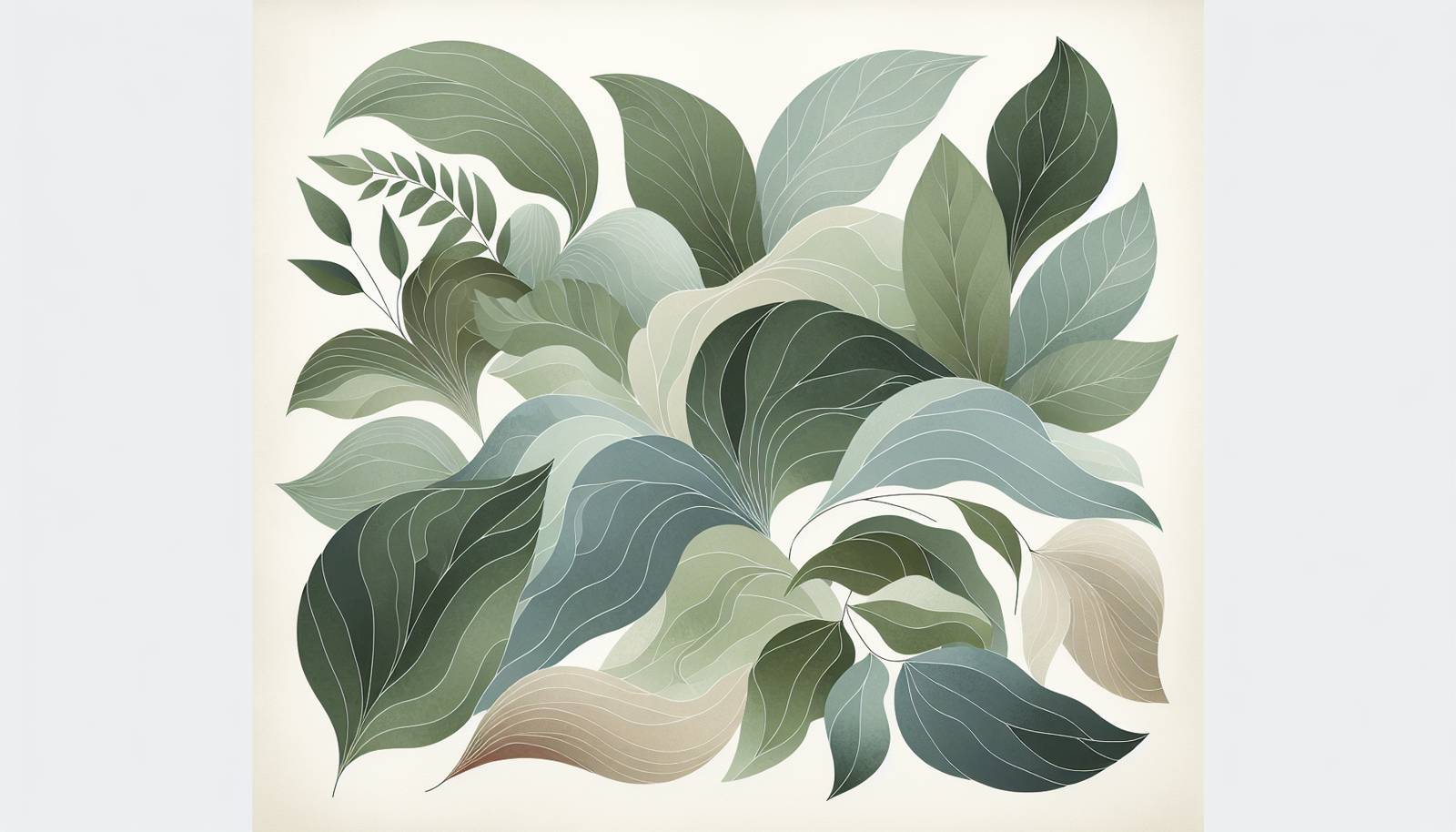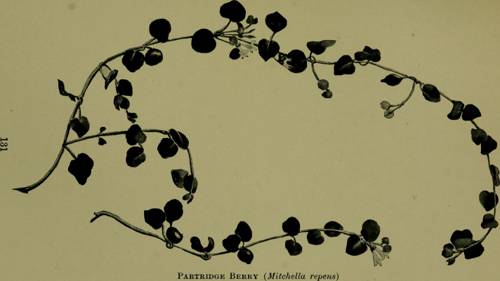
FAQ About Indoor Plant Leaf Shape Analysis

What is the significance of leaf shape in indoor plants?
Leaf shape in indoor plants is significant as it affects the plant's ability to absorb light, retain water, and manage its overall health. Broad leaves tend to capture more sunlight, which is crucial for photosynthesis, while narrow or pointed leaves might be more efficient at shedding water and preventing fungal growth.

How does leaf shape influence light absorption in indoor plants?
Leaf shape influences light absorption by determining the surface area exposed to light. Plants with larger or broader leaves can absorb more sunlight, enhancing their photosynthetic capabilities, which is vital for growth and survival in indoor environments with limited light.

Which leaf shapes are best for low-light indoor environments?
For low-light environments, plants with broader, larger leaves are often preferred as they can absorb more light. Examples include plants like the Monstera deliciosa or peace lily, which have evolved to capture minimal available light in shaded areas.

How do narrow leaves help in water retention?
Narrow leaves typically reduce water loss by presenting less surface area exposed to air, minimizing transpiration. This is particularly beneficial in drier indoor environments where moisture retention is crucial for plant health.

Are there leaf shapes more resistant to pests and diseases?
Certain leaf shapes, such as those with waxy surfaces or heavily serrated edges, can be more resistant to pests and diseases. These features can deter insect feeding and reduce the surface area where spores and pathogens can adhere.

Can the leaf shape indicate a plant's ideal indoor environment?
Yes, the leaf shape can give clues about the plant's preferred environment. Broad leaves are often found on plants that are used to shaded, humid conditions, whereas narrow or thick leaves can indicate a preference for drier, sunnier spots.

Do plants with curled leaves have specific environmental needs?
Certain plants with curled or wavy leaves, such as ferns, often thrive in high humidity environments. The curling or waviness can help trap moisture and reduce water loss, adapting the plant to specific humidity conditions.

How do leaf shapes affect a plant's temperature regulation?
Leaf shapes can influence how plants regulate their temperature. Larger leaves might cool more efficiently through transpiration due to their larger surface area, whereas plants with smaller, thicker leaves might retain heat better, adapting to cooler indoor environments.

Are there indoor plants with uniquely shaped leaves?
Yes, many indoor plants boast unique leaf shapes that can add visual interest to your space. Plants like the String of Hearts have trailing, heart-shaped leaves, while the Chinese Money Plant features circular leaves, each offering unique aesthetic and functional advantages.

Why do some indoor plants have pointed leaves?
Pointed leaves are often an adaptation to manage water efficiently, promoting runoff during rain to prevent standing water on the leaf surface, which can lead to fungal growth. This leaf shape can also help in areas of high humidity.

What are the benefits of having indoor plants with large leaves?
Indoor plants with large leaves can enhance aesthetic appeal and are particularly beneficial for improving air quality by absorbing more carbon dioxide and releasing oxygen. They are also effective in low-light situations due to their greater surface area for light absorption.

How does leaf shape relate to a plant's growth habit?
The shape of a leaf can indicate whether a plant is more likely to vine, stand upright, or spread. For instance, plants with elongated leaves might have a climbing or trailing habit, adapting to maximize light capture across a wider area.

Do indoor plants with small leaves require less water?
Generally, indoor plants with small leaves tend to require less water as they have less surface area for transpiration and can therefore conserve water better. This makes them suitable for environments where consistent watering may not be feasible.

How do serrated leaf edges affect a plant's function indoors?
Serrated leaf edges can enhance a plant's ability to capture dew and rain, channeling the water efficiently towards the base of the leaf. This feature can be beneficial in collecting moisture in higher humidity indoor environments.

What impact does leaf texture have on indoor plant health?
Leaf texture, such as waxiness or fuzziness, can influence an indoor plant's ability to retain moisture, repel pests, or avoid disease. For example, waxy leaves can help reduce water loss, while fuzzy leaves might deter insect predation.

Can altering light conditions change a plant's leaf shape?
In some cases, altering light conditions can impact the leaf shape or size as the plant adjusts to maximize light capture. Limited light might cause the leaves to grow larger and thinner, whereas abundant light can promote thicker, smaller leaves.

What type of leaf shape suggests a plant may need frequent misting?
Plants with thinner, larger leaves often benefit from frequent misting as they usually require more humidity, mimicking their natural environments. Examples include ferns and calatheas, which naturally thrive in high-humidity conditions.

How does the arrangement of leaves affect a plant's health indoors?
The arrangement of leaves, known as phyllotaxy, can optimize light exposure and airflow, crucial in indoor settings where conditions might not be ideal. Well-arranged leaves can help maximize photosynthesis and reduce the risk of diseases.

Are there specific leaf shapes ideal for purifying indoor air?
While leaf shape isn't directly related to a plant's air-purifying capabilities, larger leaf surfaces generally suggest better ability to absorb toxins. Plants like the Peace Lily or Rubber Plant, which have broad leaves, are known for their air-cleaning properties.

Can indoor plant leaf shapes influence humidity levels?
Indoor plant leaf shapes can indirectly influence humidity levels. Plants with larger leaf surfaces can increase local humidity through transpiration, making them beneficial for slightly adjusting indoor climates in otherwise dry environments.
